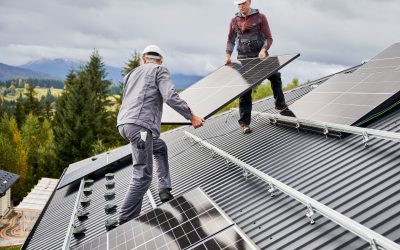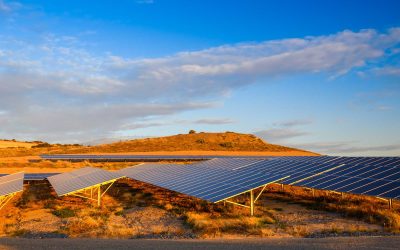ArchDaily reports [1]:
- Bamboo is gaining popularity as a sustainable building material in architecture and engineering due to its strength, flexibility, and eco-friendliness.
- The Luum Temple in Tulum, Mexico, is a prime example of bamboo’s capabilities, designed to withstand hurricane winds and seismic forces while showcasing its tensile strength, lightweight nature, and flexibility.
- Working with bamboo requires careful attention to foundations, cross-bracing, and structural stiffness.
- Specialized software tools are employed for structural analysis and design, highlighting bamboo’s potential to revolutionize sustainable architecture and construction.
This bamboo structure is really impressive. As stated in the article, the design demonstrates “a harmonious blend of ancient wisdom with modern engineering”.
Before the construction industry became dominated by steel and concrete, people constructed houses using materials that were local, natural, and sustainable. Using steel and concrete, most likely, increased to improve the strength and endurance of buildings. Now, with modern engineering, we can revisit using local, natural and sustainable materials and also achieve strength and endurance.
The old techniques and designs employed in constructing with these materials are invaluable and can be enhanced by modern knowledge of material strengths, building loads, and failure mechanisms.
I appreciate the engineering that has gone into the design. I’ve used an alternative building method to construct my family’s home. We had some visitors over and they are interested in using the same building method but they are not sure if it will withstand the wind in the area they are planning to build. My response was, “There’s no need to be unsure, an engineer can calculate this for you and you can base your decision on solid data.”
I’m enjoying watching the developments in the construction industry as we attempt alternatives to the standard brick-and-mortar.
[1] Istchuk, R. 26 September 2023. “Pushing Boundaries with Bamboo: A Structural Engineering Case Study”. https://www.archdaily.com/1007190/pushing-boundaries-with-bamboo-a-structural-engineering-case-study (Accessed 3 October 2023)
















